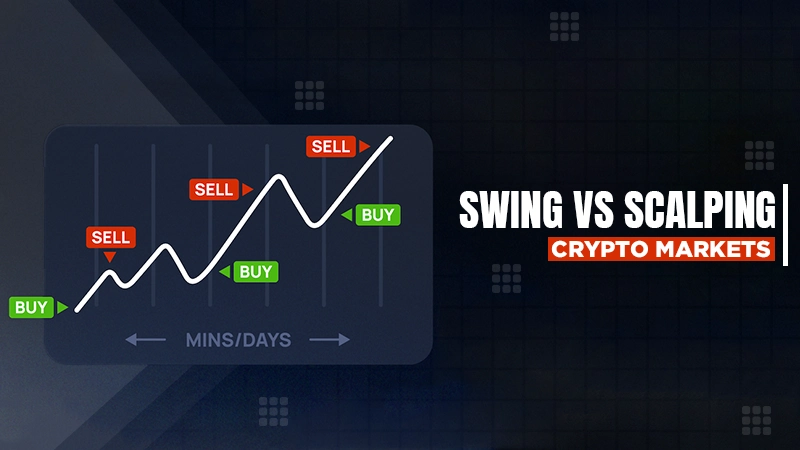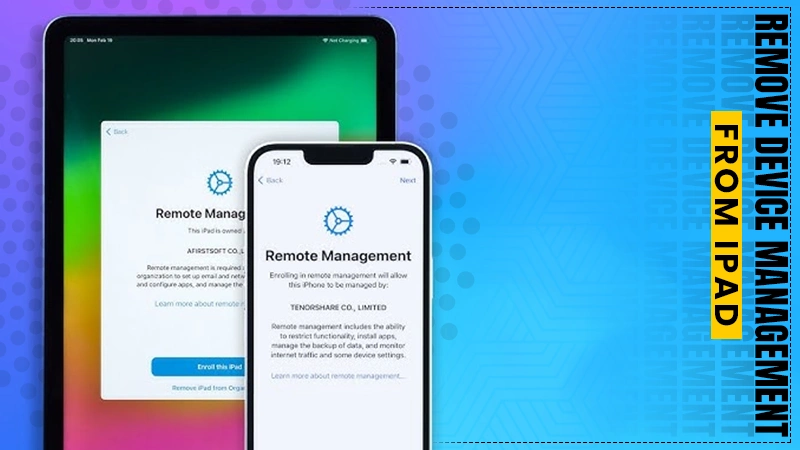Swing Trading vs. Scalping in Cryptocurrency Markets: A Detailed Comparison

The cryptocurrency market, with its high volatility and 24/7 operation, offers numerous trading opportunities for investors. Among the most popular strategies are swing trading and scalping, each catering to different risk appetites, time commitments, and market conditions. Choosing between these two strategies requires understanding their fundamentals, strengths, and weaknesses to align with your trading goals.
This article provides an in-depth comparison of swing trading and scalping in cryptocurrency markets. Whether you’re a seasoned trader or a beginner, you’ll find insights to help determine which approach best suits your needs.
What Is Swing Trading?
Definition
Swing trading involves holding positions for a period ranging from a few days to several weeks, aiming to capitalize on intermediate price swings. Traders use technical and fundamental analysis to identify trends and potential reversals.
Key Features
- Timeframe: Medium-term, typically days to weeks.
- Objective: Capture significant market movements.
- Tools Used: Technical indicators like moving averages, RSI, and MACD; sometimes supplemented by news and fundamental analysis.
Example
A trader buys Bitcoin at $30,000 after observing a breakout and sells it a week later at $35,000, capturing a $5,000 swing.
What Is Scalping?
Definition
Scalping is a short-term trading strategy where traders aim to make small, frequent profits by taking advantage of minute price movements. Positions are often held for seconds to minutes.
Key Features
- Timeframe: Very short-term, from seconds to minutes.
- Objective: Profit from small price changes, executed multiple times a day.
- Tools Used: Real-time data, high-frequency indicators, and advanced trading platforms.
Example
A trader notices a temporary dip in Ethereum’s price from $1,800 to $1,795 and buys, selling moments later when the price recovers to $1,800, pocketing a small profit.
Swing Trading vs. Scalping
Pros and Cons
Swing Trading
- Pros:
- Less time-intensive; suitable for part-time traders.
- Allows for larger potential profits per trade.
- Relies on clear technical patterns and trends.
- Cons:
- Greater exposure to market risk due to longer holding periods.
- Requires patience and discipline to avoid reacting to short-term noise.
Scalping
- Pros:
- Generates frequent profits, even in sideways markets.
- Minimizes overnight risk as positions are closed quickly.
- Utilizes advanced tools to capitalize on real-time opportunities.
- Cons:
- Highly time-intensive and requires constant monitoring.
- Transaction costs can erode profits.
- Demands a fast and reliable trading platform.
Key Differences
Swing trading typically involves holding positions for several days to weeks, allowing traders to capture larger market movements. Scalping, on the other hand, focuses on short-term opportunities, with trades lasting seconds to minutes, aiming for small but frequent profits. Swing trading is less time-intensive but exposes traders to overnight risks, while scalping demands constant attention and high-speed execution tools to capitalize on fleeting opportunities.
Case Studies
Case Study 1: Successful Swing Trade
In early 2021, a trader identified a bullish trend in Ethereum using MACD and RSI indicators. They bought ETH at $1,200 and sold it at $1,800 two weeks later, earning a 50% return.
Case Study 2: Effective Scalping
During a volatile trading day in 2022, a scalper executed 50 trades on Bitcoin, profiting an average of $20 per trade. Despite the small per-trade gains, the total daily profit reached $1,000.
How to Choose Between Swing Trading and Scalping
Factors to Consider
- Time Commitment: Swing trading is ideal for those who cannot monitor the market continuously, while scalping requires full attention.
- Risk Tolerance: Swing traders face overnight and weekend risks, whereas scalpers experience intraday volatility.
- Skill Level: Scalping demands advanced technical skills and quick decision-making.
Tools for Success
Platforms like quantum ai provide advanced analytics, AI-driven insights, and real-time data to enhance both swing and scalping strategies.
Conclusion
Swing trading and scalping each offer unique advantages, making them suitable for different trading styles and goals. Swing trading appeals to those seeking medium-term profits with less frequent trades, while scalping suits traders who thrive on high-speed decision-making and immediate results.
Choosing the right strategy depends on your risk tolerance, time availability, and market expertise. Platforms like quantum ai empower traders to optimize their strategies, ensuring a more informed and successful trading journey.












